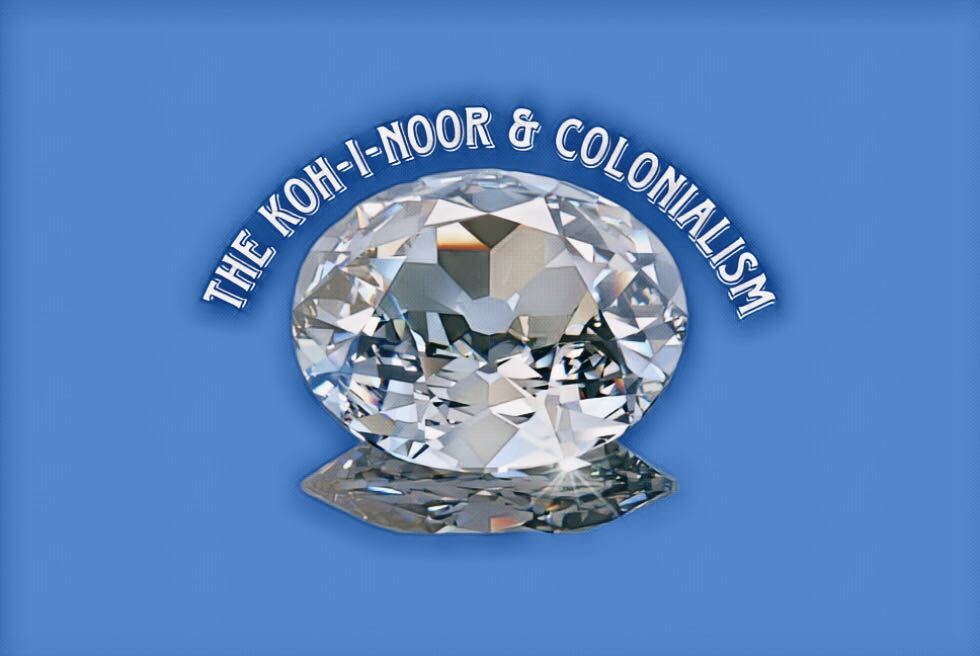
The Koh-i-Noor diamond controversy
By Aymen Sherwani, March 15 2023—
The Koh-i-Noor diamond has recently reappeared in the news, this time due to controversy surrounding the U.K.’s Queen-consort Camilla Parker-Bowles’ desire to wear the colonial-era gemstone embedded in her coronation crown, despite calls for the diamond to be returned to the Punjab region being louder than ever. Although there is a widespread understanding of the diamond being a stolen artifact, the British Royal Family continues to regard the term “stolen” as debatable, instead regarding the Koh-i-Noor to be a “gift” given to them by the five-year-old child emperor, Maharaja Duleep Singh, whose lands they also annexed in the process. Do you see how odd that sounds in one sentence?
The unfortunate reality is that this was not an isolated act in the lifetime of the British Empire — the extortion and manipulation of someone in an effort to make them relinquish their land and assets extended to Canada as well, extending all the way back to the fur trade and the eventual Métis scrip, as many of you may recall from history class. The systemic annexation of Indigenous peoples’ lands was directly related to economic disparity manufactured by European demands — like the overhunting of beaver and the gold rush.
Indigenous peoples, many of them children, were given land titles but, as they were young and could not profit from the land, they were coerced into selling them in exchange for money — often for a fraction of the real value. Other minors also had their land sold and assigned to others without their free and voluntary consent or knowledge.
“Canada is a country that consists of Indigenous people who’ve been here for millennia who welcomed in settlers, in some cases, and were overrun by settlers in others,” Prime Minister Justin Trudeau said, avoiding CTV News’ question of whether the country exists on stolen land.
“It’s more accurate to call them invaders because they came here specifically looking for land and resources and gold and riches,” responded Sylvia McAdam, a law professor at the University of Windsor who is from nēhīyaw Nation in Saskatchewan.
Whether it be the Koh-i-Noor diamond or the ancestral lands of Indigenous peoples in Canada, there seems to be a clear colonial divide that continues to exist between those who live in a post-colonial reality and those who uphold the institutions of the former’s oppressors.
This article is a part of our Voices section and does not necessarily reflect the views of the Gauntlet editorial board.
